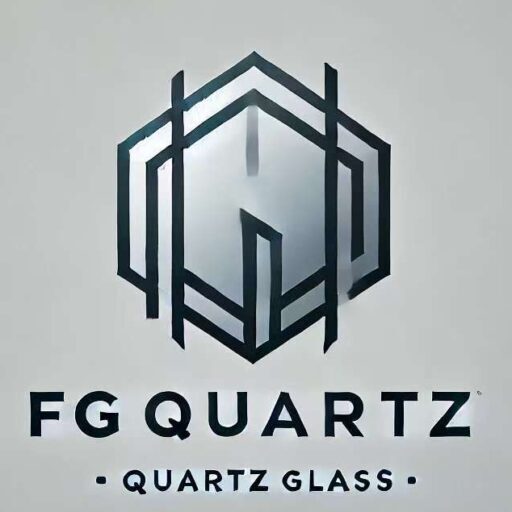Quartz Glass for Semiconductor | High Purity & Custom Solutions – FG Quartz
Quartz Glass for Semiconductor High Purity · Thermal Resistance [...]
Quartz Glass for Semiconductor High Purity · Thermal Resistance [...]
Quartz Tanks Powering Precision Manufacturing: 8 Industry [...]
🌟 Wafer Boat Solutions for Semiconductor Processing Wafer boats (also [...]
🌟 FG Quartz High-Purity Quartz Glass Products for Semiconductor [...]
Quartz heat exchangers play a vital role in advanced [...]
Quartz Glass Observation Window and High-Temperature Stove Glass: Reliable, [...]
UV lamp quartz glass is the key material used [...]
Quartz glass semiconductor In the semiconductor manufacturing process, there [...]
Glass plays a vital role in many industries due [...]
Quartz Cleaning Tanks Resistant to HF and HCl Mixed [...]

Lianyungang City, Jiangsu Province, China
© 2012 – 2025•fgquartz• All Rights Reserved-FGQuartz specializes in high-purity quartz glass products for industrial and scientific use.